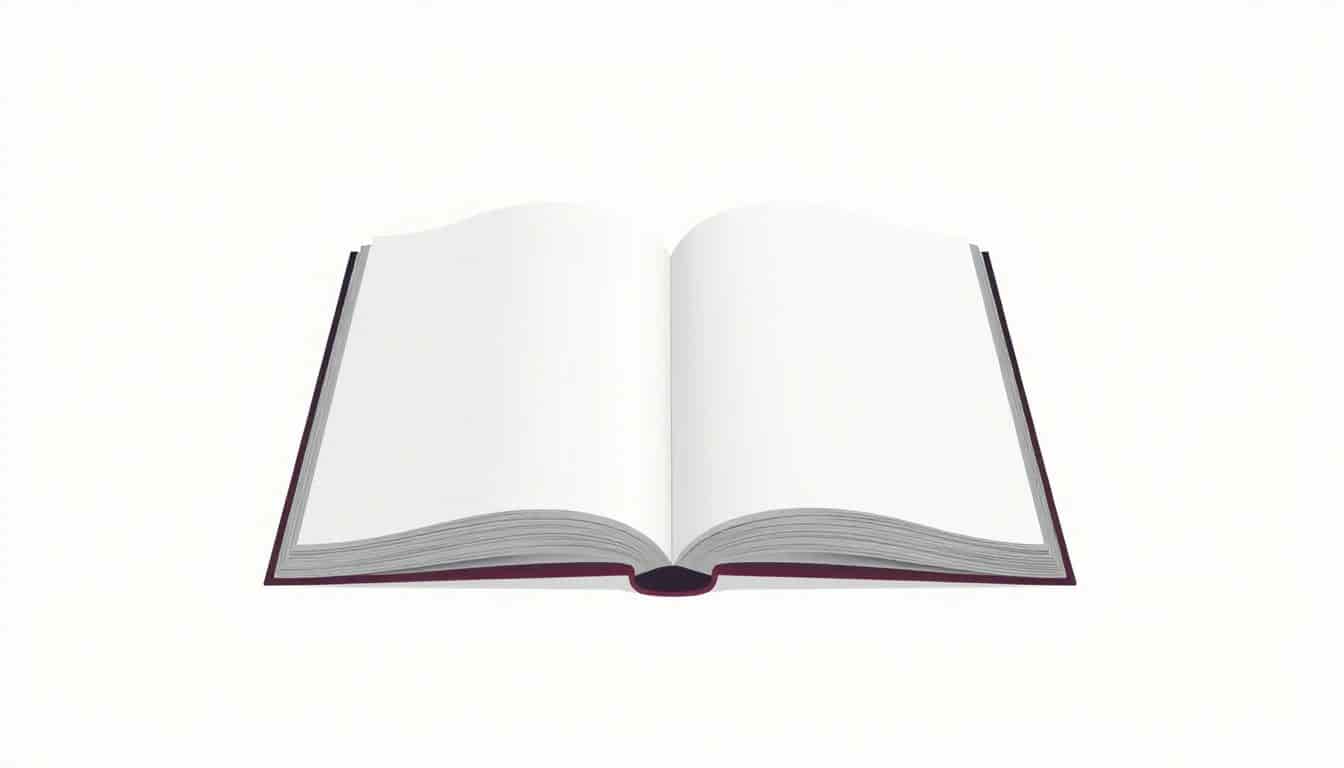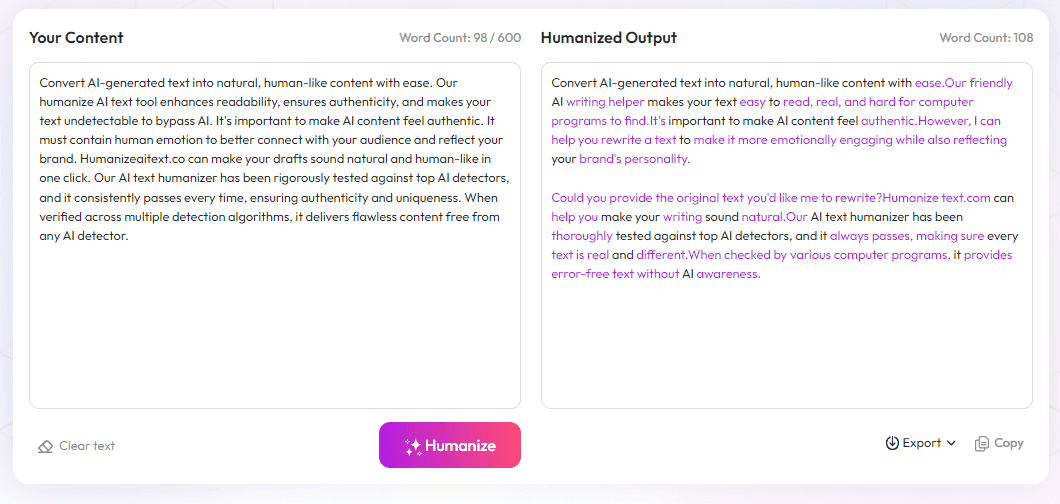Table of Contents
Hey there! If you're trying to figure out whether perfect binding or saddle stitch is the best way to hold your book together, I get it—it's a tricky choice. Don’t worry, I promise that sticking around and reading a little more will help clarify which method matches your project best.
In this quick intro, I’ll give you a simple rundown of both options and what makes them different. Soon, you'll see which binding fits your book type and what to think about before making your decision.
Key Takeaways
Key Takeaways
- Perfect binding is best for thicker, professional books like manuals or catalogs, offering durability and a smooth, print-ready spine. It costs more and takes longer to produce but looks more polished.
- Saddle stitch is ideal for shorter, lighter projects such as magazines, brochures, or booklets with fewer than 64 pages. It’s quick, cheap, and can be opened flat for easy reading, but isn’t suitable for heavy or thick publications.
- Choose perfect binding if you want a high-quality, long-lasting finish that can display the title on the spine. Opt for saddle stitch if you need a fast, budget-friendly solution for small-page projects that don’t require long-term durability.
- Consider how the publication will be used — lay-flat options favor saddle stitch, while perfect binding offers a more professional look for retail or long-term use. Budget, page count, and purpose are key factors in your decision.
- Matching your project goals with the right binding helps ensure your book looks good, feels durable, and fits your budget, whether you're creating a brochure or a full-length book.

1. Which Binding Method Fits Your Book: Perfect Binding or Saddle Stitch?
If you're deciding between perfect binding and saddle stitch, the first thing to consider is the length and purpose of your project. Perfect binding creates a professional look for books with more pages, making it ideal for thick publications like novels, manuals, or catalogs. Saddle stitch, on the other hand, is best for shorter projects such as brochures, small magazines, or booklets with fewer pages.
Perfect binding uses glue to attach trimmed pages to a spine, giving your book a sleek, flat edge that can be printed on. This method is perfect for publications with more than 40 pages, especially when durability and a high-quality appearance matter. Saddle stitch involves stapling pages along the fold—great for quick and budget-friendly projects—usually up to about 64 pages.
It's also worth noting that saddle stitch publications can typically be opened flat, making them more user-friendly for brochures or catalogs that require easy navigation. Perfect binding, however, tends to be less forgiving in opening fully flat but offers a cleaner, more polished end appearance.
2. Understanding Perfect Binding and Saddle Stitch
Perfect binding is the go-to choice for long-lasting, professional books. It involves applying a layer of glue along the spine to hold the pages together, then attaching a cover that wraps around the entire book. This method allows for a printable spine, which is great for displaying titles and branding on books like novels or manuals. It’s common in industries where high-quality presentation matters, and durability is essential.
Saddle stitch, in contrast, is one of the oldest and simplest binding methods. It staples the pages along the fold line, creating a booklet or magazine. Because of this, saddle stitch is most suitable for smaller page counts, generally up to about 64 pages, and offers a cost-effective way to get your project out quickly.(https://automateed.com/how-to-publish-a-graphic-novel/).
3. Main Differences Between Perfect Binding and Saddle Stitch
To give a quick head-to-head: perfect binding offers a smooth spine that can be printed on, making it look more like a hardcover or advanced softcover. It's more durable and professional but costs more and takes longer to produce. Saddle stitch is quick, inexpensive, and great for short-run projects but doesn’t last as long and can’t handle heavy page counts.
When choosing, keep in mind that perfect binding is suitable for publications with 40+ pages, especially when a lasting impression is needed. Saddle stitch works well for smaller projects with fewer pages, like flyers or mini magazines.(https://automateed.com/short-author-bio-examples/).
Another difference is the flexibility of lay-flat design. Saddle stitch opens easily and lays flat, making it perfect for catalogs or menus. Perfect binding, however, usually doesn't lay flat evenly, which can be a consideration depending on the document's use.
4. Choosing Perfect Binding: Best Uses and Benefits
Opt for perfect binding when your project demands a polished, durable, and professional appearance. It's ideal for books, thick manuals, catalogs, or any publication where long-term use and aesthetic matters. Since perfect binding can incorporate spine printing, it adds a layer of branding and professionalism that appeals to readers and clients alike.(https://automateed.com/what-are-low-content-books/)
While it costs more initially, perfect binding can be more economical on larger print runs due to economies of scale. Plus, its sturdy construction supports handling over time without falling apart. If you want your publication to look and feel like a finished product from a bookstore, perfect binding is the way to go.
5. Choosing Saddle Stitch: Best Uses and Benefits
Saddle stitch shines in projects with a shorter page count—think 8 to 64 pages. It works well for brochures, small magazines, programs, or pamphlets where affordability and quick turnaround are priorities. Its biggest perk? The ability to open flat, making it easy for readers to browse through.
Another reason to pick saddle stitch is the lower cost—it's faster and cheaper than perfect binding, especially for small quantities. It's also less complex to produce, which helps speed up delivery times. If your goal is a compact, lightweight publication that you can produce in volume without breaking the bank, saddle stitch is a smart choice.(https://automateed.com/how-to-be-a-beta-reader/)
Keep in mind, though, that saddle stitch isn't suitable for very thick booklets, as staples can’t hold too many pages comfortably. It’s perfect for materials that you'll want to distribute widely and discard after use.

6. Factors to Consider When Picking a Binding Method
Choosing the right binding isn't just about page counts; think about your project's purpose, budget, and how you'll use the final product.
For example, if you want a sleek look with printing on the spine and durability, perfect binding might be the better option, especially for a retail display.
However, if you're producing a quick turnaround booklet or pamphlet with fewer pages, saddle stitch can save time and money without sacrificing quality.
Also, consider how your readers will handle the publication – lay-flat ability for catalogs or menus could be crucial for user experience.
Cost implications are worth examining, as perfect binding generally costs more upfront but could be more cost-effective at larger runs.
Think about future needs too; if your project might grow in length, choosing a durable binding early on can save you from rebinding later.
7. Final Tips: How to Match Your Project Goals With the Right Binding Type
Start by listing your key goals: do you prioritize appearance, durability, cost, or ease of use?
If your goal is a professional, high-end look for a large print run, go with perfect binding—it’s worth the extra investment.
For small-scale projects like short-term manuals, catalogs, or handouts, saddle stitch keeps things simple and affordable.
Check out industry trends and market growth—did you know the global saddle stitch machine market was valued at around $1.5 billion in 2025? That shows how popular this method still is for short-run printing.
If you're unsure, ask your printer about what works best for your project's specific needs, and don’t be shy about requesting samples to see the finished product in real life.
Ultimately, matching your project's goals with the right binding type ensures your publication meets your expectations and reaches your audience effectively.
FAQs
Perfect binding is ideal for thicker books due to its durability and professional look, while saddle stitch suits thinner publications like booklets or brochures for quick, cost-effective binding.
Perfect binding uses glue to attach pages to a spine, creating a clean edge, while saddle stitch involves folding sheets and stapling them along the spine, making it suitable for smaller page counts.
Saddle stitch is recommended for brochures and catalogs due to its affordability and quick production, especially for smaller publications with fewer pages.



